Ancient MesoAmerica News Updates 2009, No. 4: Leoff-Vinot Collection of Prehispanic Art Donated to Mexico
On February 24, 2008, several newspapers reported on the donation of the large Leoff-Vinot private collection to the Mexican state. The report posted below is from the English language online newspaper The News, describing the collection in some detail. The collection contains over 8,100 objects of Prehispanic origin and ranks among the largest collections of its kind in Mexico. The collection, which was registered with the Instituto Nacional de Antropologia e Historia since 1972, was started in the 1930's by American dentist Milton E. Leoff. The entire collection was donated to the Mexican state earlier in February of 2009 by his widow, Nadie Vinot. Currently specialists of the INAH are researching the collection in Xochicalco, Morelos (edited byAMaNU) (photo: AFP):
 INAH receives relics totalling 8,100 pieces - One of the country's largest and most important private collections of archaelogical artifacts has been donated to the National Anthropology and History Institute, or INAH. The full set of 8,100 pieces that made up the Leoff-Vinot collection range in size from quarter-ton statues of the god Quetzalcóatl to tiny figurines, with some pieces dating back more than 3,000 years.
INAH receives relics totalling 8,100 pieces - One of the country's largest and most important private collections of archaelogical artifacts has been donated to the National Anthropology and History Institute, or INAH. The full set of 8,100 pieces that made up the Leoff-Vinot collection range in size from quarter-ton statues of the god Quetzalcóatl to tiny figurines, with some pieces dating back more than 3,000 years.
The artifacts had fallen into private hands because of theft and black market sales. INAH will catalogue and examine the items in the archaeological zone of Xochicalco, located in the central state of Morelos. Part of the collection is on display in Xochicalco now.Among the pieces in the collection are an offering box with an engraving of the emblem of Aztlán, and two Toltec monoliths with the Aztec god Quetzalcóatl emerging from the jaws of a serpent, each of which weighs 500 pounds.
The collection belonged to the late Milton A. Leoff, a U.S. dentist who in the 1930s invented an innovative method in his specialty that made him his fortune. Leoff moved to Mexico with his wife, where he pursued an interest in pre-Columbian art. He acquired most of the pieces between 1940 and 1960 on the black market, after they had been looted from ruins throughout Latin America. Evidence of such illicit acquisition can be found on one Campeche stela, which has the marks of the power saw used to remove it from its original location, presumably among ancient ruins. In 1972, before the passage of federal law on historic patrimony, Leoff registered and documented most of his collection with the pieces' origins, years of recovery and acquisition and photographs, making them legal. Two weeks ago, his widow, Nadie Vinot, donated the complete collection to INAH.
The downtown Cuernavaca residence where all the pieces were housed had been sold. Vinot asked that the pieces be kept together and not leave Mexico except for exhibition. Eduardo López, INAH Morelos center director, said that after being catalogued over the course of this year, the pieces will be included in an exhibition that will illustrate the history of private collecting in the country.
The head of the Xochicalco archaeological zone, Marco Antonio Santos, emphasized the positive aspect of recovering the pieces, but lamented that because they are now removed from their original locations and context they have been deprived of archaeological value and reduced to art objects. In addition, he said that some of the pieces were found to be "crudely glued with dentistry material. "The pieces - which include items of stone, stucco, ceramics, jade, cloth, wood, bone, shell, bronze, gold and silver - are representative items from the Olmec, Teotihuacán, Toltec, Zapotec, Mixtec and Mexica cultures.
Included in the collection are human and animal figures, stelae, incense holders, containers, vases, musical instruments, beads, arrowheads and paleontological material such as a pair of molars that have still not been dated (written by Laura Gonzalez de Artaza; source The News).
 INAH receives relics totalling 8,100 pieces - One of the country's largest and most important private collections of archaelogical artifacts has been donated to the National Anthropology and History Institute, or INAH. The full set of 8,100 pieces that made up the Leoff-Vinot collection range in size from quarter-ton statues of the god Quetzalcóatl to tiny figurines, with some pieces dating back more than 3,000 years.
INAH receives relics totalling 8,100 pieces - One of the country's largest and most important private collections of archaelogical artifacts has been donated to the National Anthropology and History Institute, or INAH. The full set of 8,100 pieces that made up the Leoff-Vinot collection range in size from quarter-ton statues of the god Quetzalcóatl to tiny figurines, with some pieces dating back more than 3,000 years.The artifacts had fallen into private hands because of theft and black market sales. INAH will catalogue and examine the items in the archaeological zone of Xochicalco, located in the central state of Morelos. Part of the collection is on display in Xochicalco now.Among the pieces in the collection are an offering box with an engraving of the emblem of Aztlán, and two Toltec monoliths with the Aztec god Quetzalcóatl emerging from the jaws of a serpent, each of which weighs 500 pounds.
The collection belonged to the late Milton A. Leoff, a U.S. dentist who in the 1930s invented an innovative method in his specialty that made him his fortune. Leoff moved to Mexico with his wife, where he pursued an interest in pre-Columbian art. He acquired most of the pieces between 1940 and 1960 on the black market, after they had been looted from ruins throughout Latin America. Evidence of such illicit acquisition can be found on one Campeche stela, which has the marks of the power saw used to remove it from its original location, presumably among ancient ruins. In 1972, before the passage of federal law on historic patrimony, Leoff registered and documented most of his collection with the pieces' origins, years of recovery and acquisition and photographs, making them legal. Two weeks ago, his widow, Nadie Vinot, donated the complete collection to INAH.
The downtown Cuernavaca residence where all the pieces were housed had been sold. Vinot asked that the pieces be kept together and not leave Mexico except for exhibition. Eduardo López, INAH Morelos center director, said that after being catalogued over the course of this year, the pieces will be included in an exhibition that will illustrate the history of private collecting in the country.
The head of the Xochicalco archaeological zone, Marco Antonio Santos, emphasized the positive aspect of recovering the pieces, but lamented that because they are now removed from their original locations and context they have been deprived of archaeological value and reduced to art objects. In addition, he said that some of the pieces were found to be "crudely glued with dentistry material. "The pieces - which include items of stone, stucco, ceramics, jade, cloth, wood, bone, shell, bronze, gold and silver - are representative items from the Olmec, Teotihuacán, Toltec, Zapotec, Mixtec and Mexica cultures.
Included in the collection are human and animal figures, stelae, incense holders, containers, vases, musical instruments, beads, arrowheads and paleontological material such as a pair of molars that have still not been dated (written by Laura Gonzalez de Artaza; source The News).




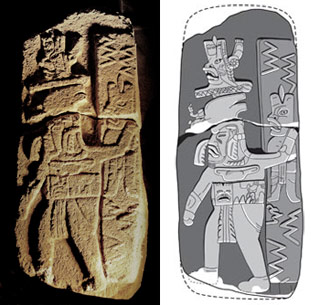




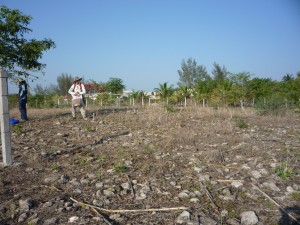



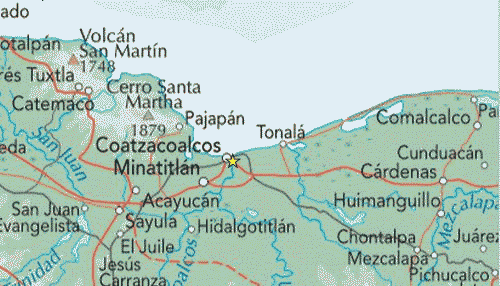




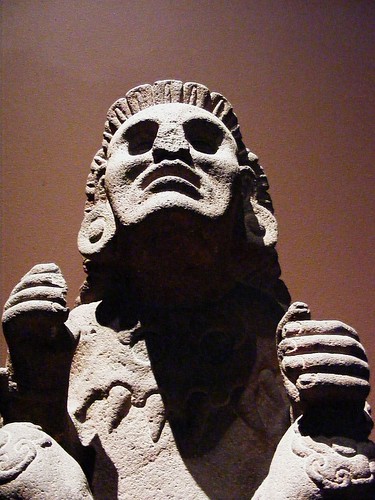






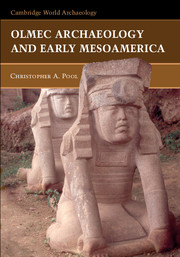






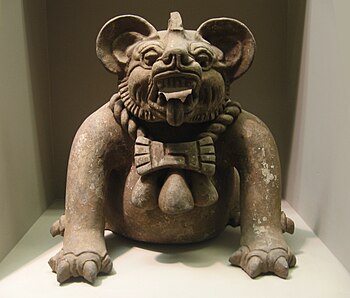

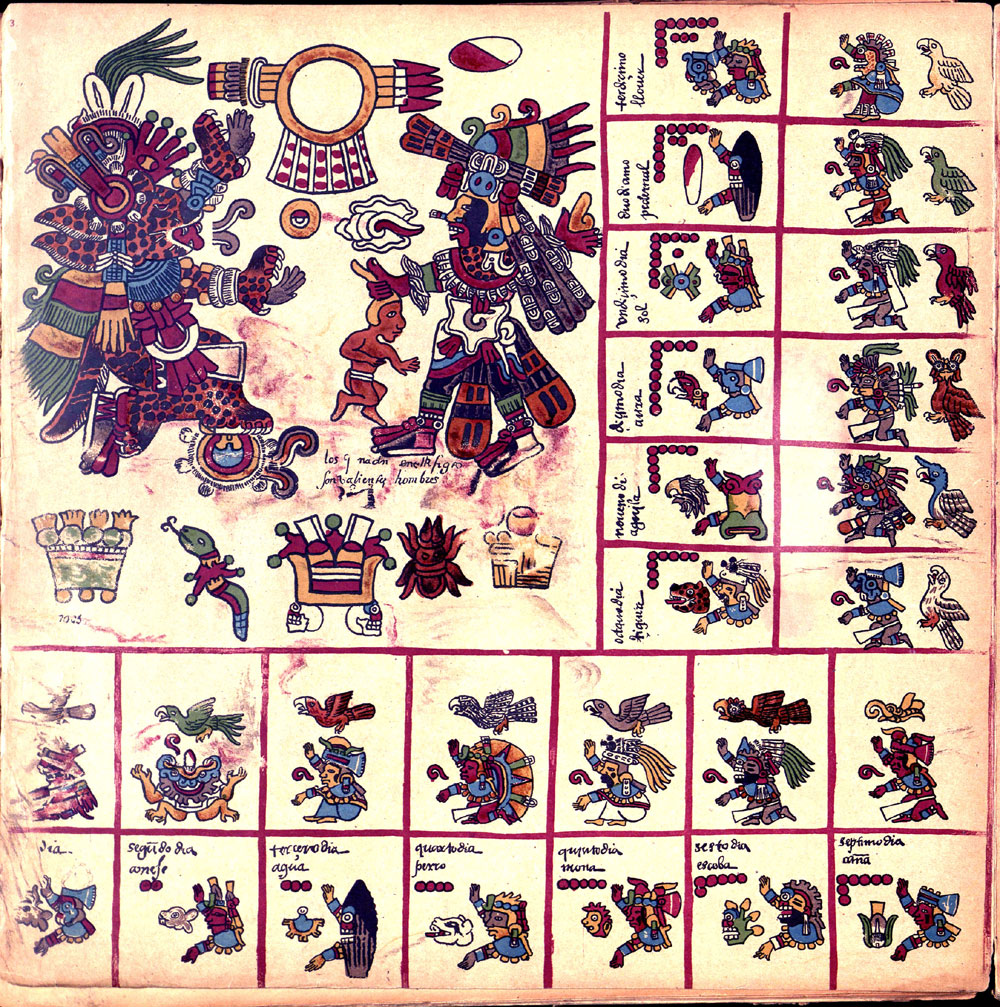

0 Comments:
Post a Comment
Subscribe to Post Comments [Atom]
<< Home